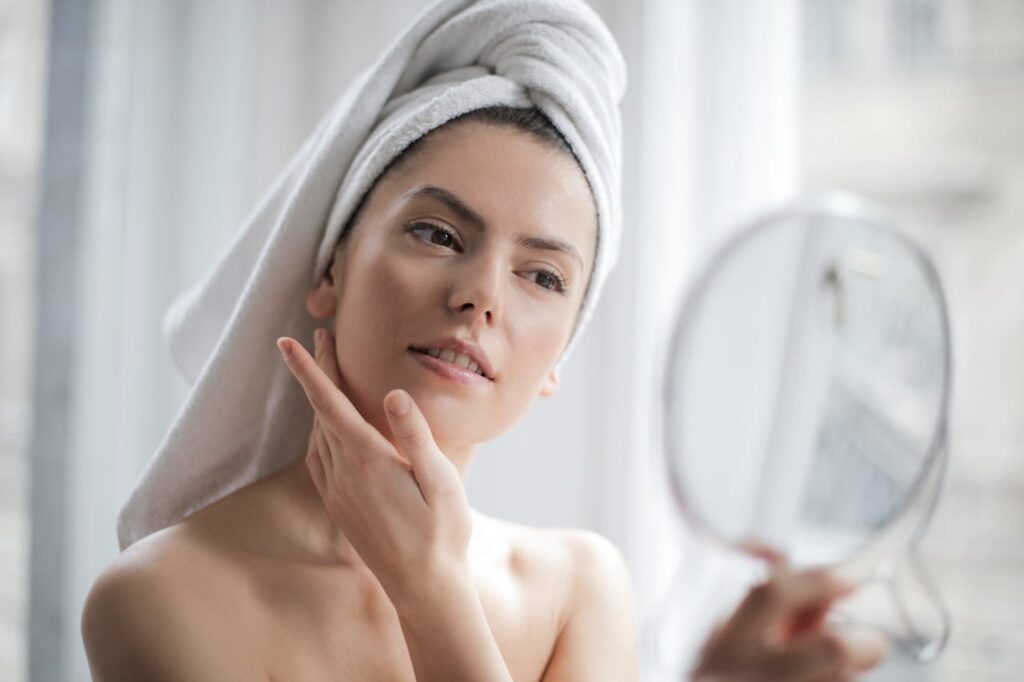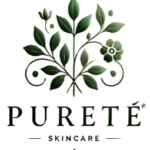Table of Contents
- Introduction
- Why Switch to Organic Beauty Products
- Common Concerns About Switching
- Steps to Transition Your Skincare Routine
- Steps to Transition Your Haircare Routine
- Budget-Friendly Tips for Organic Beauty
- How to Choose the Right Organic Products
- DIY Organic Alternatives
- Mistakes to Avoid During the Transition
- Conclusion
1. Introduction
Switching to organic beauty products is a growing trend, but many are hesitant due to perceived high costs or uncertainty about effectiveness. Organic products use plant-based ingredients, free from harsh chemicals, synthetic fragrances, and preservatives, making them safer for skin, hair, and overall health.
Transitioning thoughtfully allows you to enjoy the benefits of natural care without overspending, while improving the health of your skin and hair over time.

2. Why Switch to Organic Beauty Products
- Healthier Ingredients: Free from parabens, sulfates, and synthetic fragrances that can irritate skin or damage hair.
- Eco-Friendly: Organic products are often sustainably sourced and biodegradable.
- Gentle on Skin: Plant-based ingredients support natural hydration and barrier protection.
- Long-Term Benefits: Regular use can improve skin texture, hair strength, and overall appearance naturally.
3. Common Concerns About Switching
- Cost: Organic products are often seen as more expensive.
- Effectiveness: Some worry plant-based alternatives may not work as well as conventional products.
- Adjustment Period: Skin and hair may take time to adapt, sometimes causing temporary breakouts or dryness.
Understanding these concerns helps you plan a gradual, cost-effective transition.
4. Steps to Transition Your Skincare Routine
- Start Slow: Replace one product at a time — cleanser, moisturizer, then serum.
- Focus on Basics First: Prioritize items you use daily, like cleansers and sunscreen.
- Test Products: Patch test new items to ensure they suit your skin type.
- Layer Gradually: Introduce active ingredients one by one to avoid irritation.
- Monitor Results: Keep a journal to track improvements or reactions.
Gradual replacement avoids overwhelming your skin and prevents unnecessary spending.
5. Steps to Transition Your Haircare Routine
- Shampoo and Conditioner: Start with gentle, organic formulations free from sulfates and silicones.
- Treatments: Replace chemical-laden masks with natural oils like coconut, argan, or jojoba.
- Styling Products: Switch to organic sprays or gels with plant-based hold and shine.
- Frequency: Wash hair less frequently to reduce dependence on harsh cleansers and preserve natural oils.
Organic haircare supports scalp health, strengthens strands, and reduces long-term damage.
6. Budget-Friendly Tips for Organic Beauty
- Buy Multi-Use Products: Facial oils that double as moisturizer or lip balm save money.
- Look for Smaller Sizes: Test products in travel or sample sizes before investing in full bottles.
- Prioritize Essentials: Spend more on products you use daily; replace occasional products later.
- Shop Local: Local organic brands often cost less than imported ones.
- DIY When Possible: Simple recipes for masks, scrubs, or toners can reduce costs while being effective.
Budget-conscious strategies make a full transition feasible without compromising quality.
7. How to Choose the Right Organic Products
- Check Certifications: Look for USDA Organic, COSMOS, or similar labels.
- Read Ingredients: Avoid hidden chemicals and synthetic fragrances.
- Match Your Skin/Hair Type: Choose products designed for oily, dry, sensitive, or combination skin.
- Research Reviews: Learn from others’ experiences with the same product.
- Start Simple: Focus on foundational products like cleanser, moisturizer, and sunscreen before exploring specialized treatments.
8. DIY Organic Alternatives
- Facial Masks: Mix oatmeal with honey or aloe vera for hydration and soothing effects.
- Scrubs: Brown sugar with coconut oil gently exfoliates without chemicals.
- Hair Treatments: Coconut or argan oil masks nourish and repair damaged hair naturally.
- Toners: Rose water or green tea infusion balances pH and refreshes skin.
DIY alternatives are cost-effective, customizable, and use readily available natural ingredients.
9. Mistakes to Avoid During the Transition
- Replacing everything at once — this can cause skin or hair reactions.
- Expecting instant results — natural products often take longer to show effects.
- Overusing DIY remedies — excessive exfoliation or oil application can irritate skin.
- Ignoring product storage — organic ingredients may degrade faster than synthetic ones.
- Neglecting SPF — sunscreen is essential even when switching to natural skincare.
10. Conclusion
Transitioning your beauty routine to organic products is a rewarding investment in health, sustainability, and long-term skin and hair care. By approaching the change gradually, prioritizing essential products, and using cost-effective strategies, you can enjoy the benefits of organic beauty without breaking the bank.
Combining thoughtful product selection, DIY options, and proper lifestyle habits ensures a smooth, affordable transition, leaving your skin and hair healthier, radiant, and naturally nourished.
